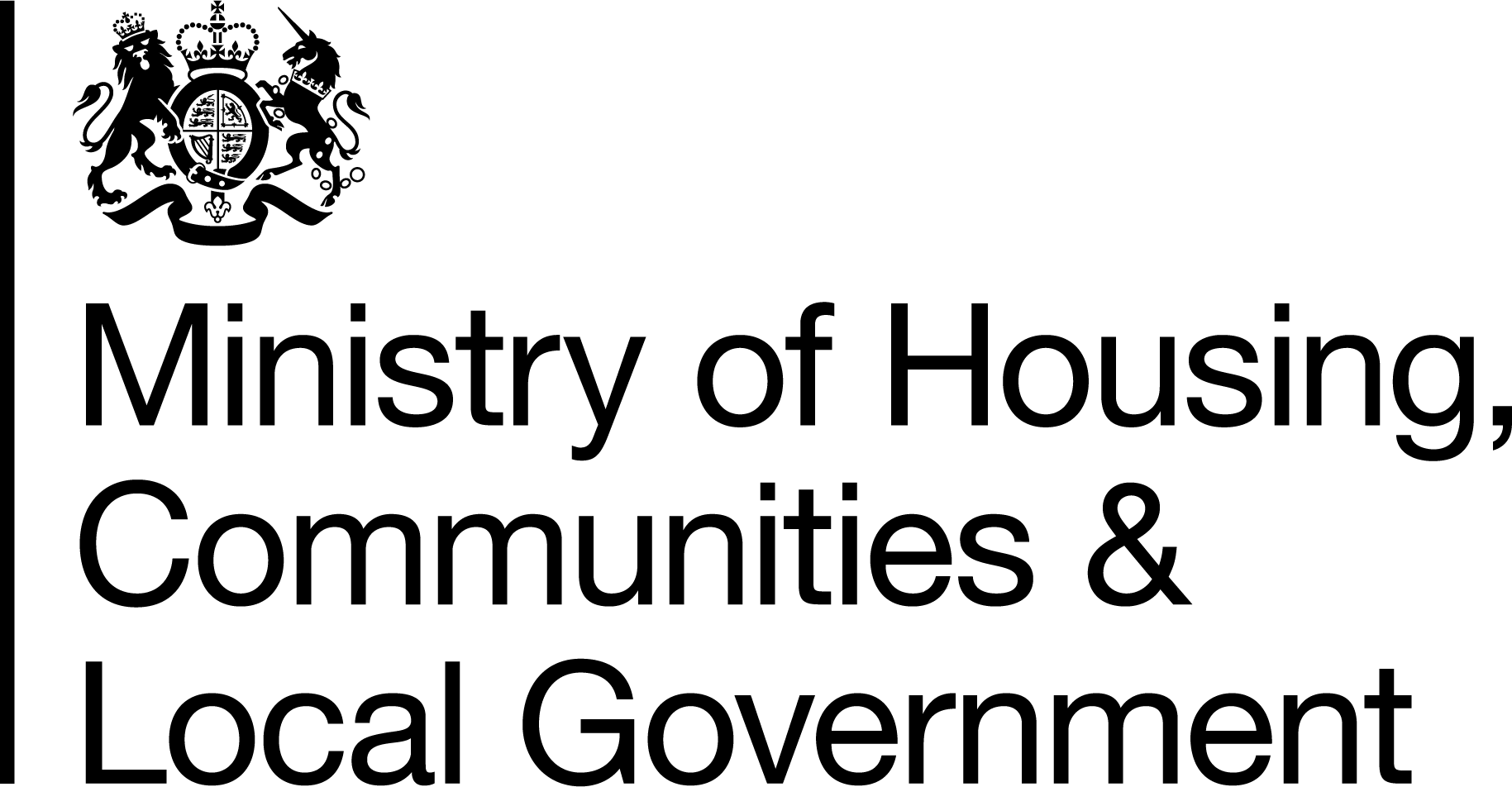Local Government Pension Scheme in England and Wales - Access and Fairness
Death Grants (personal representatives)
Background
When a death grant is payable, the death grant goes to either the person the member nominated as their beneficiary, or to their personal representatives or any other person that the administering authority deems to have been a relative or a dependant.
This may involve the administering authority having to decide the appropriate recipient of the death grant, and this can take time. The LGPS Regulations set a time limit for the administering authority to make that decision. Regulations 40(4), 43(4) and 46(5) of the 2013 Regulations require that where a death grant is payable, and if the administering authority has not made a payment within 2 years of the death (or the date the administering authority could reasonably be expected to have known about the death), payment must be made to the member’s personal representatives i.e., to the member’s estate. Where a death grant is paid to the estate outside the two-year time limit, it will be subject to the Special Lump Sum Death Benefits Charge (SLSDBC) of 45%.
The Finance (No.2) Act 2015 amended the Finance Act 2004 to provide that defined lump sum death benefits were no longer unauthorised payments if they were paid beyond the two-year limit. Accordingly, from 6 April 2016, death grants paid beyond the two-year limit are subject to either the 45% SLSDBC if paid to personal representatives, or the recipient’s marginal rate of tax if paid to beneficiaries. However, as the current LGPS Regulations require that beyond the two-year limit the death grant must be paid to the personal representatives, the 45% charge is always applied.
Proposal
The government is proposing to remove the requirement that beyond the two-year limit the death grant must paid to the personal representatives i.e., to remove the two-year limit. This will align the LGPS Regulations with the Finance Act 2004 (as amended by the Finance (No.2) Act 2015 and reduce instances of the Special Lump Sum Death Benefits Charge. This is intended to apply to all deaths where the death grant has not yet been paid. It is also proposed that where the same two-year limit applies to AVCs it will also be removed, by removing Regulation 17(14) of the 2013 Regulations.
